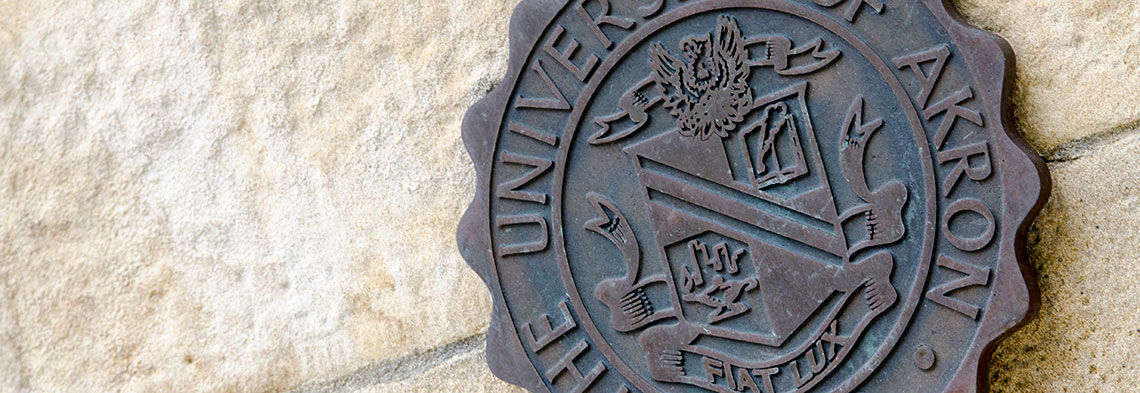Title
The Prophylactic Remedy: Normative Principles and Definitional Parameters of Broad Injunctive Relief
Document Type
Article
Publication Date
April 2004
Abstract
This article is the first complete normative and descriptive treatment of the modern civil rights remedy -- the prophylactic injunction. The prophylactic remedy is a public law injunction that uniquely restricts legal conduct that is affiliated with, but distinct from, the illegal wrong. The United States Supreme Court has utilized prophylactic remedies for over forty years, and has used the prophylactic paradigm to shape its jurisprudence on Section 5 of the Fourteenth Amendment. Prophylaxis, however, remains an ambiguous concept in the eyes of most scholars and lawyers. This article attempts to fill the academic void by exploring the doctrinal and theoretical parameters of the prophylactic remedy. By so doing, it attempts to establish a framework for the use of prophylactic remedies by the courts and to deflate the criticism of certain skeptics who mischaracterize such remedies as overly broad misuse of judicial power.
Ultimately, the article has two goals. The primary purpose of the article is to provide an analytical framework that will enable judges, lawyers, and scholars to understand the contours of prophylactic relief. Accordingly, the article identifies trans-substantive remedial principles of prophylactic relief apparent in modern Supreme Court precedent regarding the appropriate character, scope, and use of prophylactic relief. The second and more ambitious goal of the paper is to dispel the myth that prophylactic relief is an overly broad remedy arising from the judge’s personal political activism. A close analysis of the Supreme Court’s decisions demonstrate quite the contrary -- that prophylactic remedies are based upon solid doctrinal and theoretical principles legitimizing its continued use as a viable and necessary remedy.
Publication Title
Buffalo Law Review
First Page
101
Last Page
185
Recommended Citation
Tracy A. Thomas. The Prophylactic Remedy: Normative Principles and Definitional Parameters of Broad Injunctive Relief, 52 Buffalo Law Review 101 (2004).


